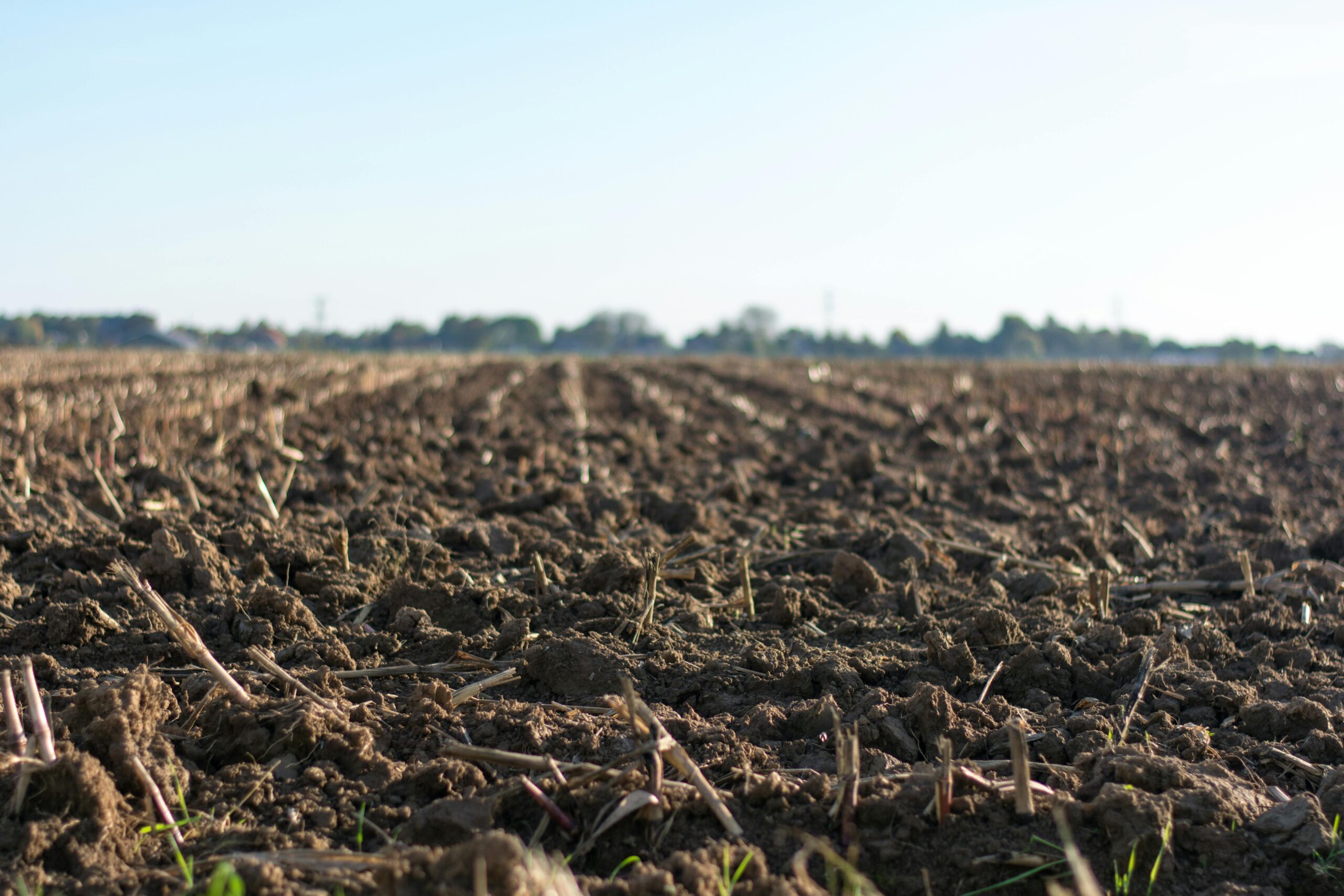Nitrogen Fertilizer Management & Greenhouse Gas Mitigation Opportunities

Nitrogen fertilizer is critical for crop production, but applying too much at an inopportune time reduces profitability and increases environmental harm. Farmers often apply extra nitrogen as ‘insurance’ to ensure the highest yield, but this practice causes unnecessary water pollution and GHG emissions. Some of the nitrogen applied to soils is lost in the form of nitrous oxide gas, a more potent greenhouse gas than carbon dioxide. Applying nitrogen fertilizer using the right source, right rate, right time, and right place increases crop yield and profitability.
This information sheet is intended to help educators and technicians assist farms in navigating voluntary methods for reducing GHG emissions from nitrogen fertilizer management. Effective fertilizer management impacts not only the environment but also a farm’s economic stability. Potential GHG mitigation practices include but are not limited to developing a comprehensive nutrient management plan, following the 4 Rs of nitrogen fertilizer application, and taking advantage of crop rotations to reduce nitrogen inputs.
For more information on this factsheet or series, contact Peter Woodbury (peterwoodbury@cornell.edu) or Jenifer Wightman (jenifer.wightman@cornell.edu).
Cost: Free
Time Investment: Not Applicable
